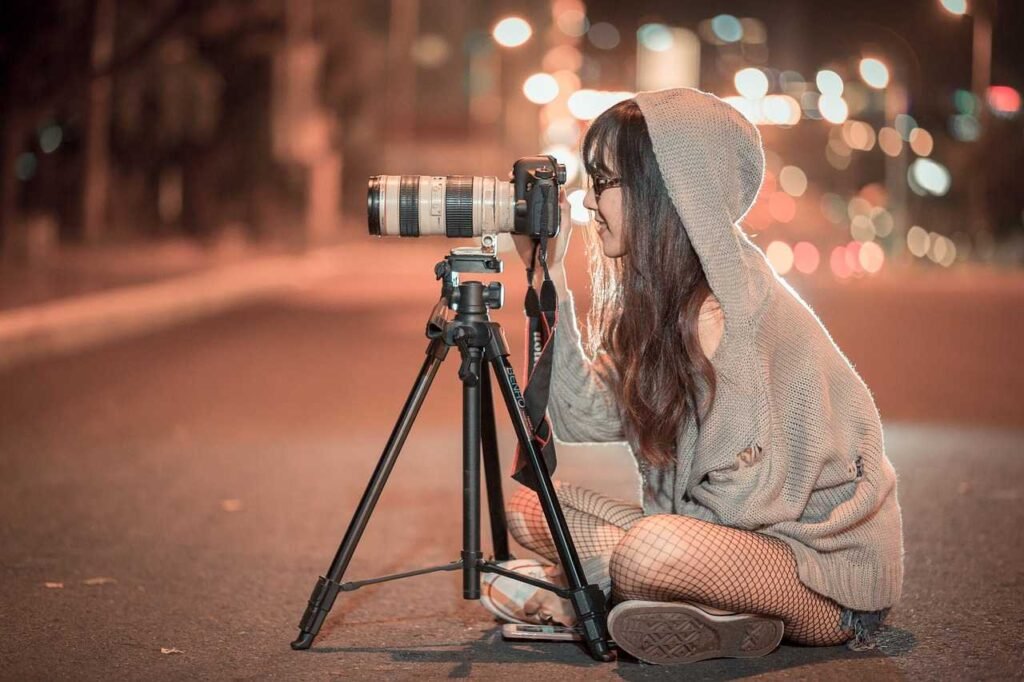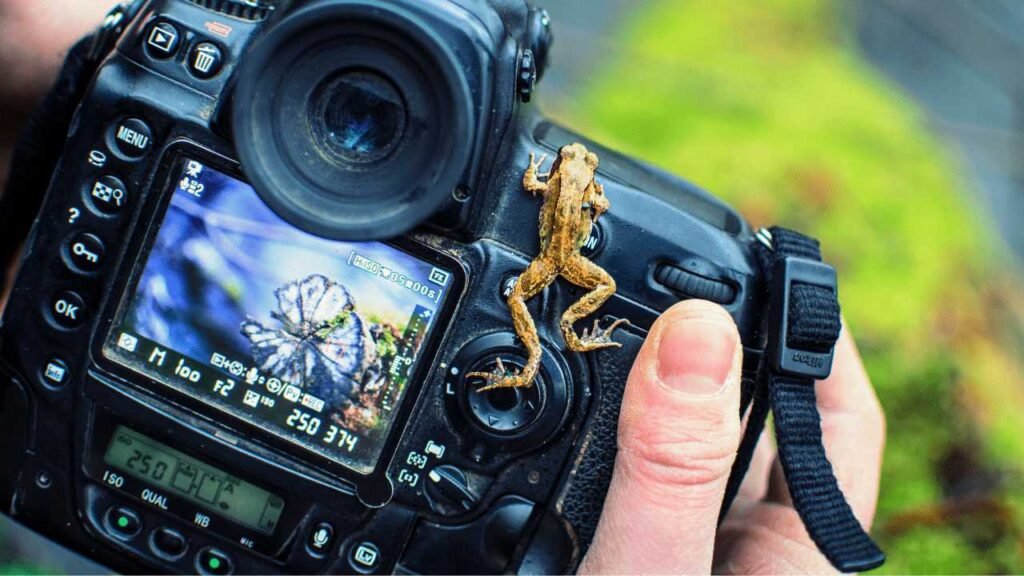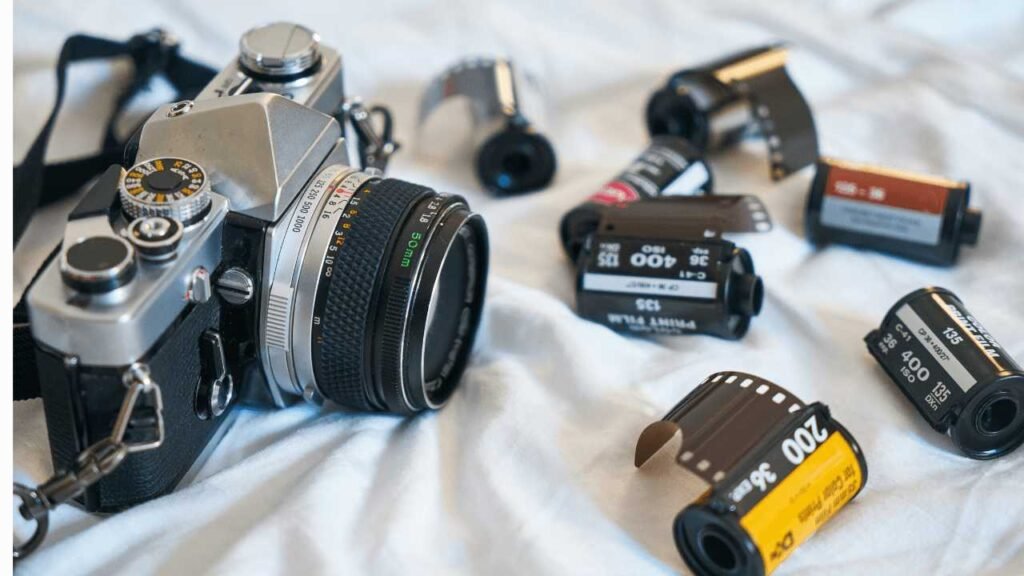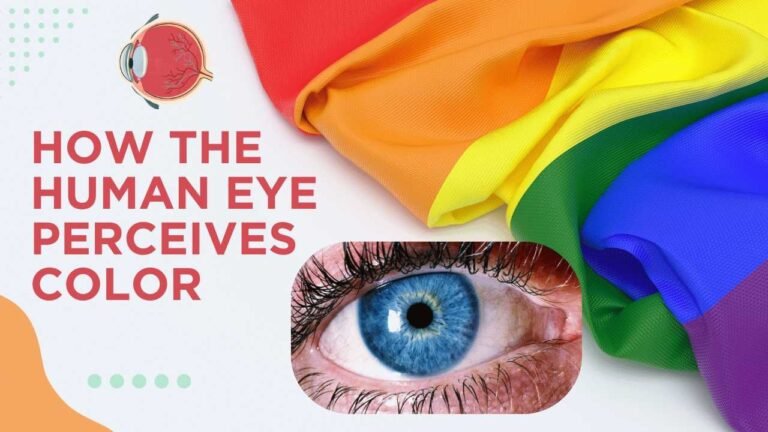Introduction
Cameras are our current-day time tourists and pictures have become a crucial part of our lives. From taking pictures of regular moments to creating art, cameras play a crucial position. With a click, they freeze moments, keeping them for eternity.
However, have you ever wondered how these magical boxes paintings? Let us dive into the captivating technology and understand how does a camera capture and record images.
What are the basic components of Camera ?
The basic components of camera system is like : Lens, Sensor, Shutter , Image Processor etc.
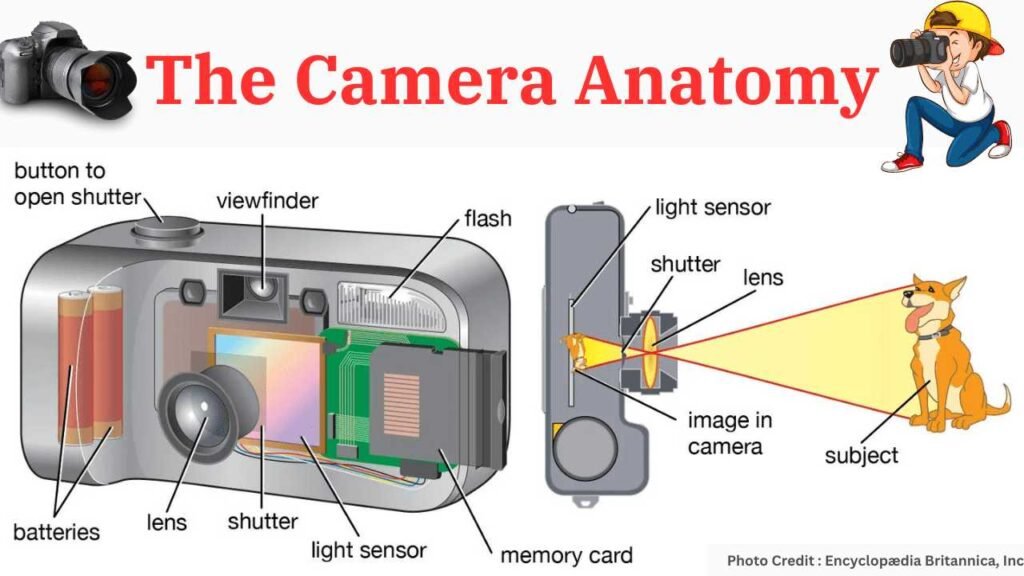
Lens
The lens is the eye of the camera. It focuses light onto the sensor, determining the clarity, depth of field, and overall quality of the image. Different lenses offer varying perspectives, from wide-angle to telephoto.
Sensor
The sensor is the heart of the camera. It converts incoming light into electrical signals, creating a digital representation of the scene. Sensors come in various sizes and types, affecting image quality and sensitivity to light.
Shutter
The shutter controls the duration of light exposure. When you press the shutter button, it opens briefly, allowing light to hit the sensor. The length of exposure determines how much light reaches the sensor, affecting brightness and motion blur.
Image Processor
The image processor transforms raw sensor data into a usable image. It handles tasks like noise reduction, color correction, and compression. Modern processors play a crucial role in enhancing image quality.
How Camera Capture Images ?
Lets understand how does a camera capture and record images :
Light Gathering
The lens collects and focuses light onto the sensor. Its aperture (the opening) controls the amount of light entering the camera.
Sensor Activation
The sensor converts light into electrical signals (pixels). Each pixel records the intensity of light hitting it.
Exposure Control
The shutter regulates light exposure. Longer exposures capture more light (useful for low-light conditions), while shorter ones freeze motion.
Image Processing
After exposure, the image processor refines the raw data. It adjusts colors, sharpness, and contrast, resulting in the final image.
What are the Recording Mechanisms of Camera?
Digital Cameras
Digital cameras store images electronically. They use memory cards or internal storage. Digital technology allows instant review, editing, and sharing.
Film Cameras
Film cameras capture images on light-sensitive film. The film must be developed and printed to view the photographs. Film photography has a unique charm and aesthetic.
Image Storage and Retrieval Process of Camera
Digital Storage
Images are stored on memory cards (SD, CF, etc.) or internal memory. These cards can hold thousands of photos. Retrieving images involves connecting the camera to a computer or using Wi-Fi transfer.
Retrieval and Viewing
Images can be viewed on the camera’s LCD screen or transferred to other devices (computers, smartphones, tablets). Editing software allows further enhancements.
Conclusion
Cameras are more than just gadgets; they’re memory keepers. They freeze time, allowing us to relive cherished moments. Whether it’s a smartphone camera or a professional DSLR, each click adds to our personal history. So next time you capture a sunset or a candid smile, remember that you’re preserving a piece of your life’s story.
So, dear reader, the next time you reach for that chilled watermelon slice or grab a frosty beverage, remember the intricate dance happening behind those fridge doors, and its a love story between science, sorcery, and your midnight snack cravings.
Also read – How Does a Microwave Work to Heat Food?
Frequently Asked Questions
What makes a camera capture clear images in low light?
Advanced sensors and larger apertures enable cameras to perform better in low-light conditions by capturing more light and reducing noise.
How do digital cameras differ from film cameras in image capturing?
Digital cameras use sensors to capture images electronically, whereas film cameras use chemical reactions on film to create images.
Can the quality of a smartphone camera compete with a professional camera?
While smartphone cameras continue to improve, professional cameras offer higher resolution, better low-light performance, and more manual controls.
What is the best way to store digital photos for the long term?
Utilizing both cloud and physical backup solutions ensures that digital photos are preserved safely for future generations.
How does AI improve the functionality of cameras today?
AI enhances camera functionality through features like scene recognition, improved autofocus, and automatic adjustments to exposure settings, making it easier for anyone to capture stunning photographs.
Having any queries? – Do reach us at info@scivoyage.com


